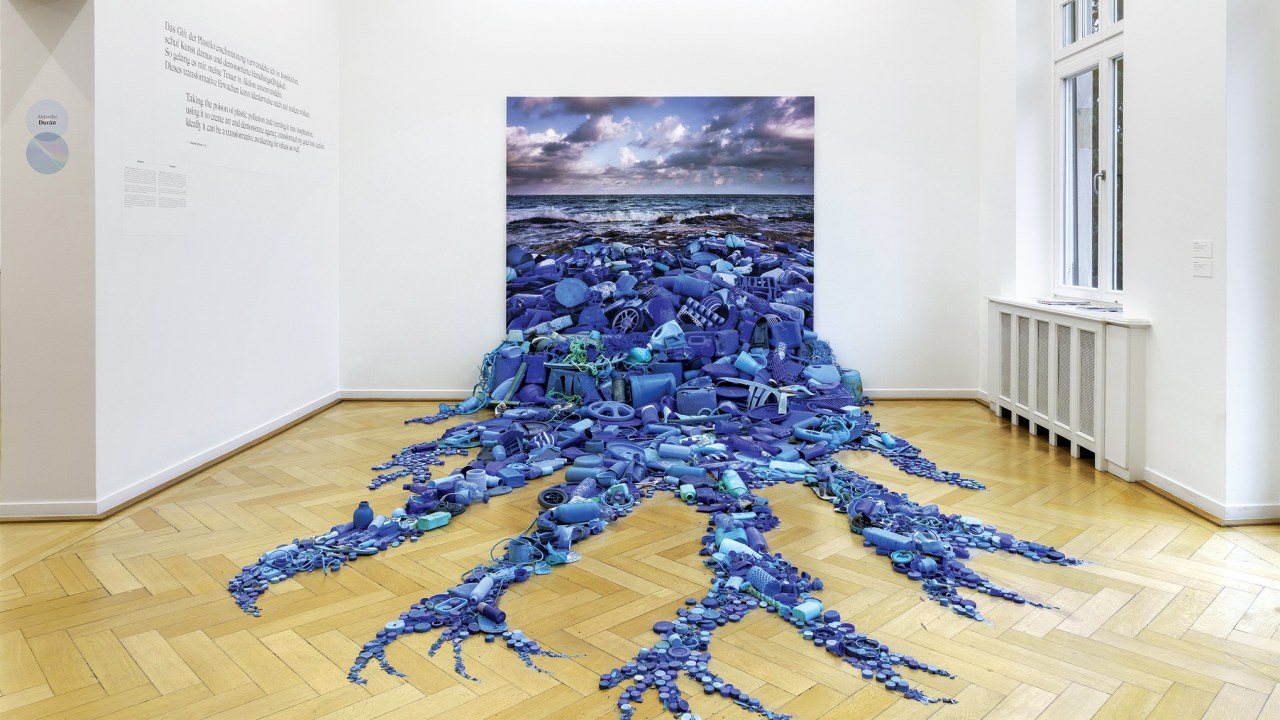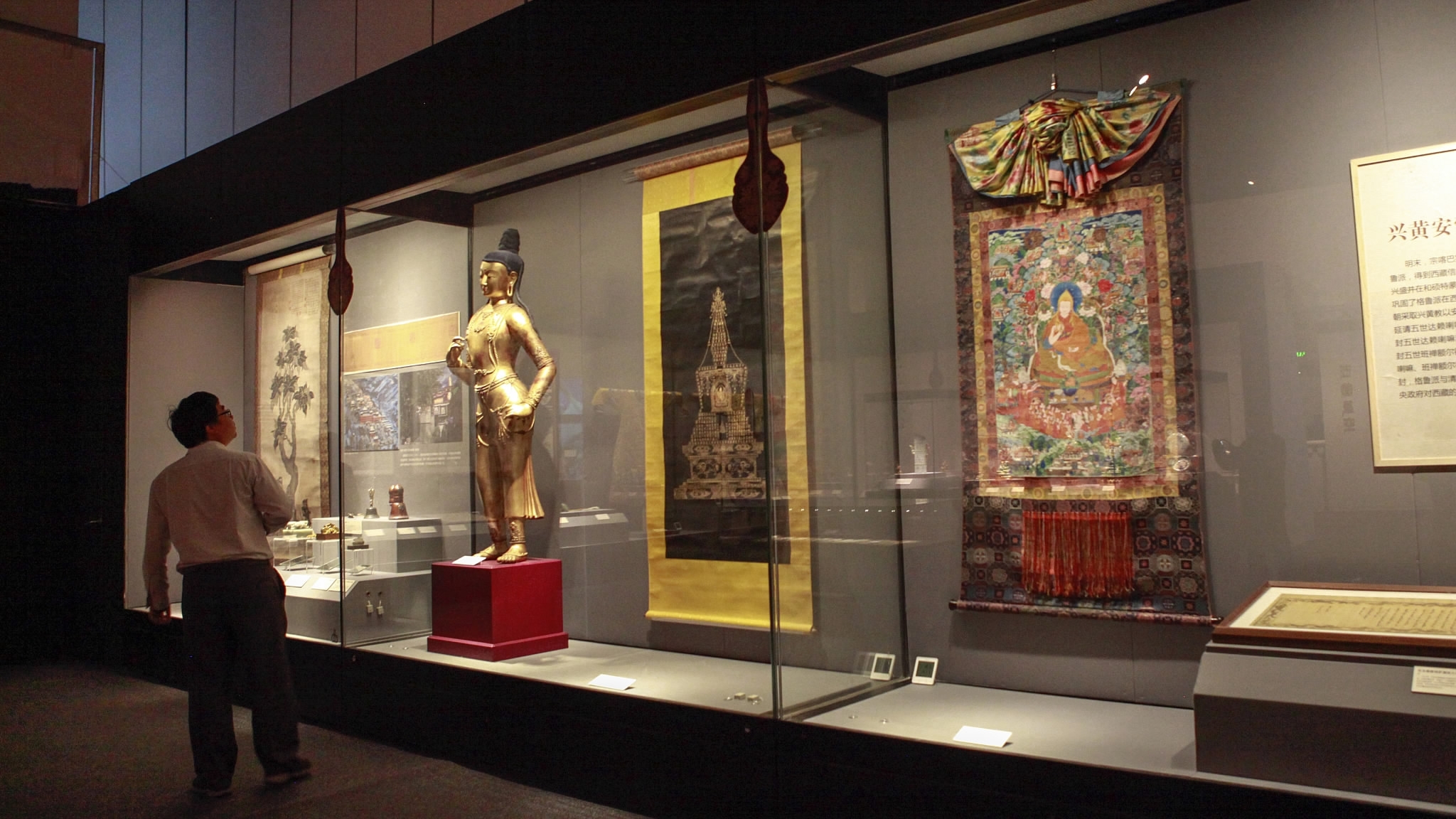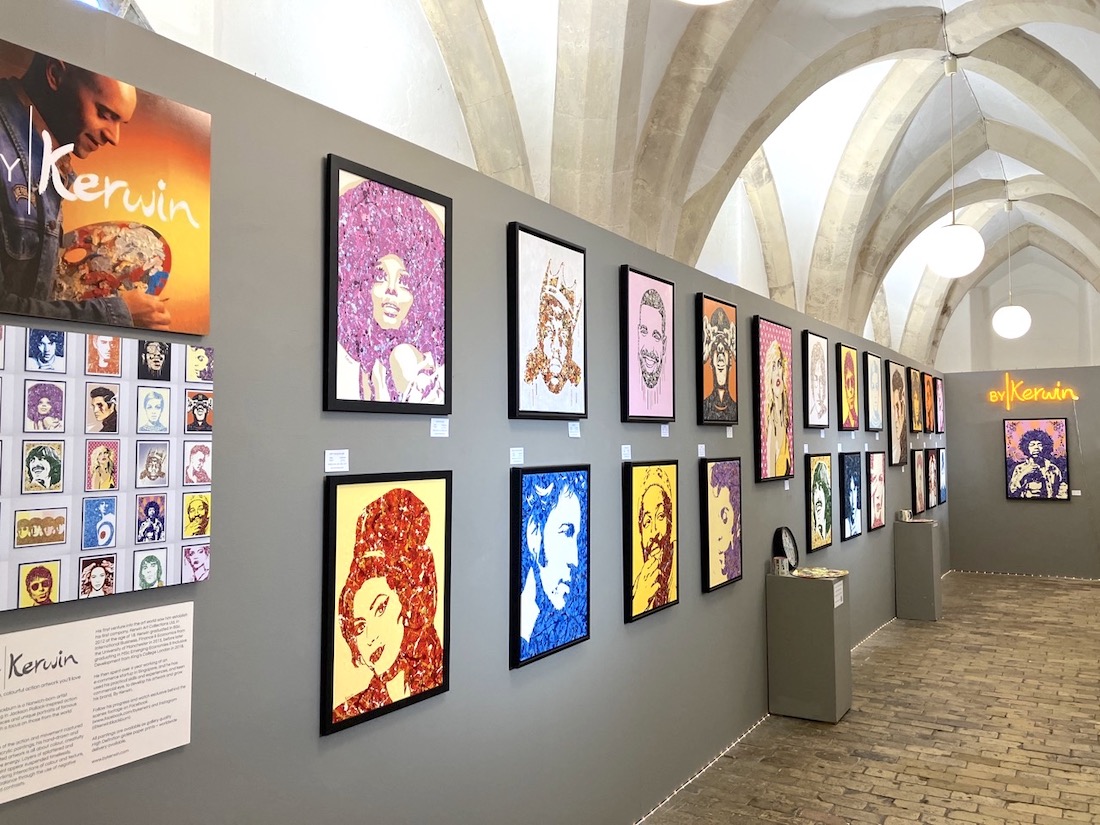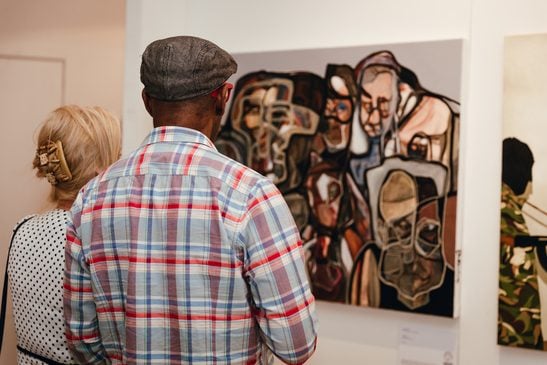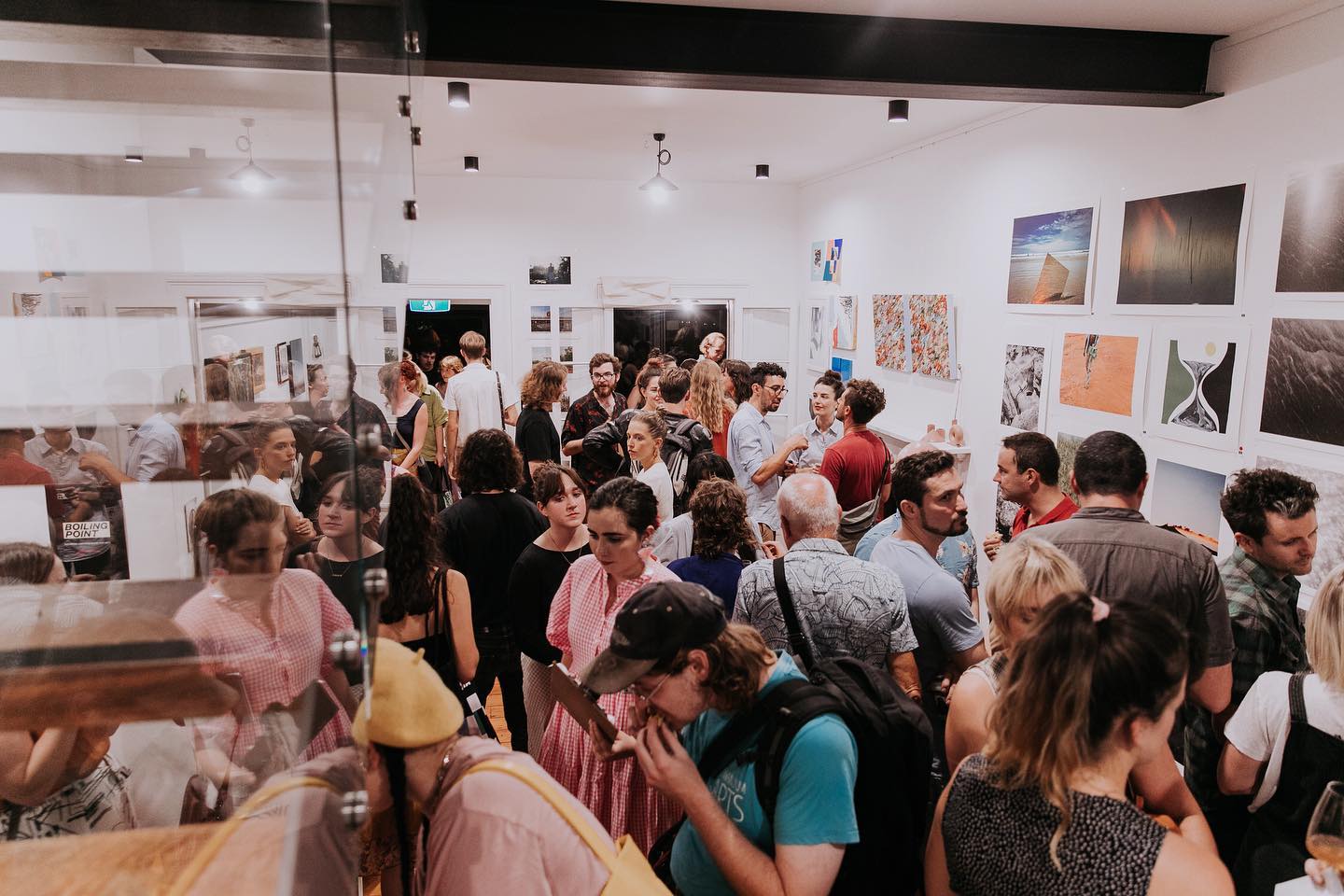Art shows have been critical to changing minds, norms and presenting new ways of imagining the world. In the history of art, some of the greatest exhibitions have changed the way we think about art and shaped cultural dialogue. These are some of those art exhibitions that have influenced how art has been perceived, and how we see the world.
The Armory Show (1913)
The Armory Show, formally known as the International Exhibition of Modern Art, took place in New York City in 1913. It was the first major modern art show in America to feature avant-garde European artists such as Pablo Picasso, Marcel Duchamp and Henri Matisse. “Nude Descending a Staircase, No. 2” of Duchamp was especially controversial and inspired fascination as well as outrage. By bringing Cubism, Fauvism, and other modern artistic styles to the attention of American audiences, the Armory Show proved to be a turning point in the American art scene, introducing the US to forms of art which had originally been rejected in society.
The First Impressionist Exhibition (1874)
The first Impressionist Exhibition was held in Paris, marking the start of a new style of art that focused on everyday themes, a lack of detail, and an exploration of light and color. Artists such as Claude Monet, Edgar Degas and Berthe Morisot presented art that didn’t follow the strict styles being taught in art academies. The show’s nontraditional approach was criticized at first, but it ultimately recalibrated beauty in art, stretching possibilities of what art could be and how it might be encountered.
“This Is Tomorrow” (1956)
Held at the Whitechapel Art Gallery in London, “This Is Tomorrow” paired architects, painters, musicians and sculptors into groups to work together and blended cross-disciplinary work with contemporary technologies. With artists such as Richard Hamilton, and Eduardo Paolozzi, this exhibition is now known to be the first set of seeds for the Pop Art movement. It grappled both with consumer culture and the media, as well as with the social and political upheaval overtaking post-war society, taking the first heady steps towards making art that responded to life in its complexities.
Documenta 5 (1972)
Organised by Harald Szeemann in Kassel, Germany, Documenta 5 was a groundbreaking exhibition which broke down traditional art forms and hierarchies by featuring performance art, conceptual art and installations. It explored the nature of art, with themes that related to politics, mass media, and consumer culture. By inviting the discourse, on what was even art itself, it in the process, invited artists, as well as viewers, to really consider the role and consequence of art in society.
The “Harlem on My Mind” Exhibit (1969)
The Challenges The “Harlem on My Mind” exhibit at the Metropolitan Museum of Art in New York was supposed to show the cultural outpourings of Harlem in photographs and audio, not canvass or stone. Trash talked for excluding Black artists and slammed for cultural insensitivity, despite its flaws, “Sensation” set off conversation — on race, representation, the museum’s role — that we needed to have. Response The controversy surrounding the exhibition was to have a profound influence on future attempts at greater inclusivity and diversity in the composition of art institutions.
Sensation (1997)
First presented at the Royal Academy of Arts in London, “Sensation” featured the work of the Young British Artists, including the likes of Damien Hirst and Tracey Emin. Characterized by provocation and controversy, the show was one that pushed the boundaries of audience comfort, blurring the distinctions between high art and low entertainment. It inspired discourse on what actually constitutes a work of art, stretching the limits, and had the attention of the media, and this was how contemporary art got a shift in its direction.
The Whitney Biennial (1993)
The 1993 Whitney Biennial in New York signaled a turning toward increased cultural and political engagement in art. The exhibition concentrated on such topics as race, gender and AIDS, with artists including Glenn Ligon and Coco Fusco addressing those themes head on. The Biennial was also a local and international historical forewarning: the first instance at such scale of sociopolitical issues occupying the space of mainstream Art Exhibitions and thus proving how art can be a medium for voicing civic activism and social juncture.
Overall, these exhibitions all demonstrate the power of art to inspire change and to critique, mirror, and shape social norms. All of them contributed to changing the way of thinking and challenging audiences to see the world in different, often questioning, ways. The echoes of these shown works still reverberate with artists and viewers, concurring with us about art’s continuing get-happening in the making of culture and vision.
